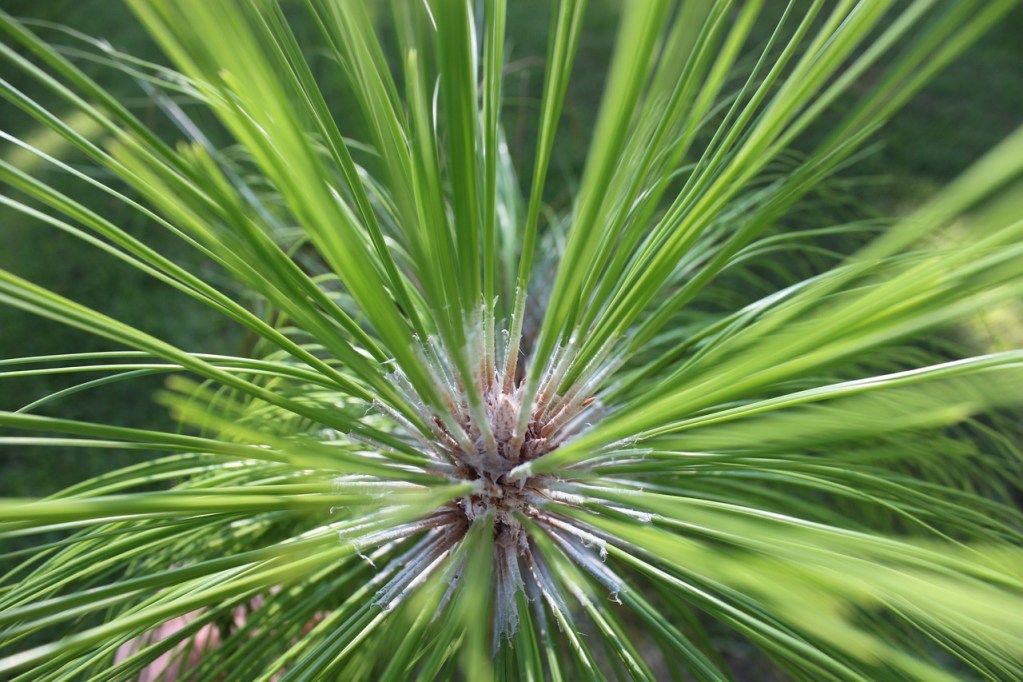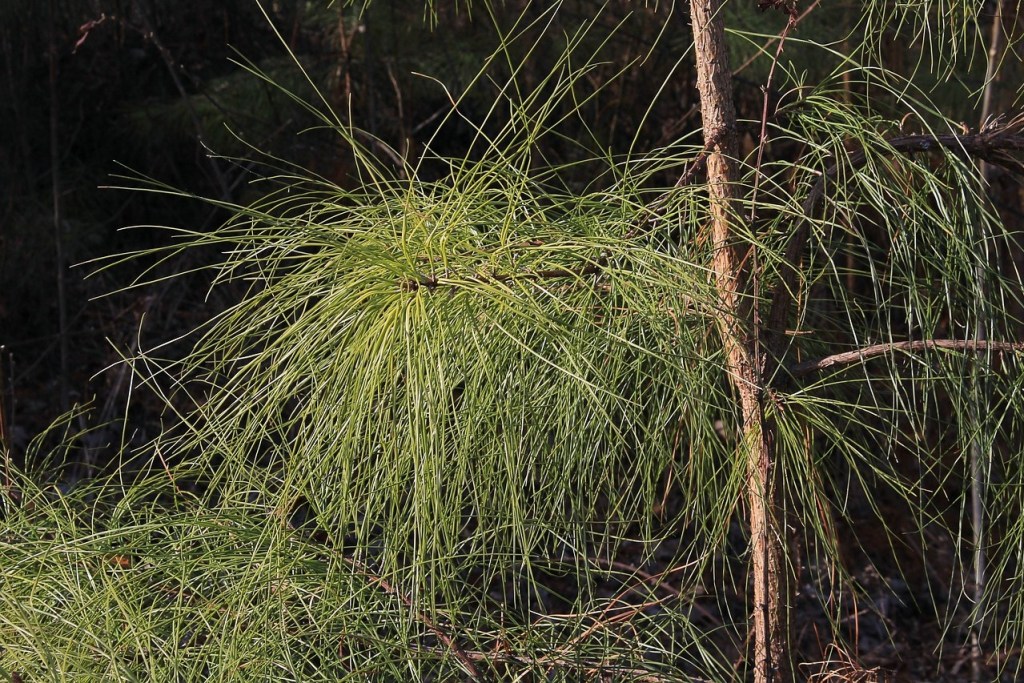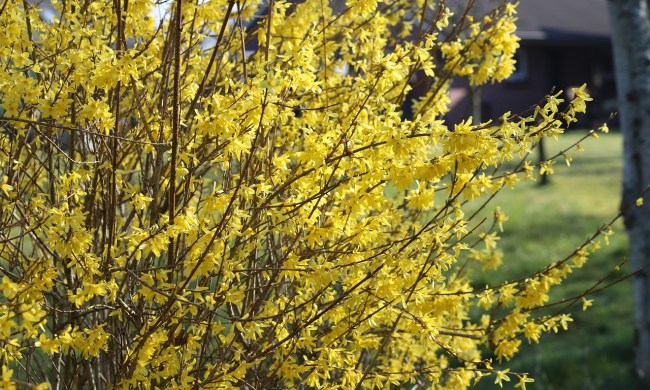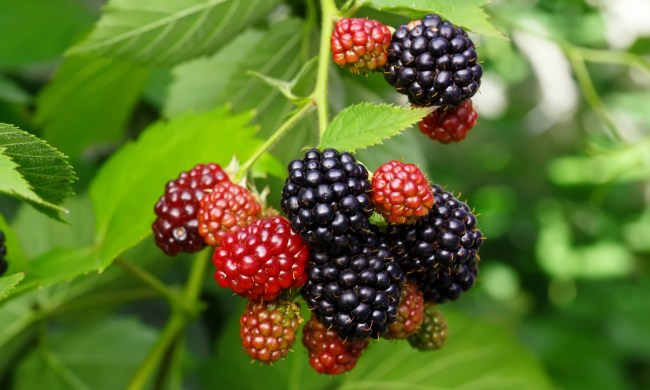
Adding trees to your yard can give you and your plants some much-needed shade in the summer, provide you with flowers and fruit, and even make your garden more popular with wildlife. One excellent tree you can plant today is the loblolly pine. This pine tree is native to the Southeastern U.S., and it’s a low-maintenance, quick-growing tree that makes a great privacy screen. Here’s what you need to know about growing your own.

Planting loblolly pine trees
Loblolly pines don't need much care as long as you plant them correctly. Here's what to do:
Step 1: Plant your loblolly pines in full sun.
Step 2: Use acidic, well-draining, rich soil.
Adding compost can enrich poor soil and improve drainage, while peat moss or garden sulfur can help make your soil more acidic.
Step 3: Space your loblolly pines 14 to 20 feet apart.
This ensures they are close enough to serve as a privacy screen or windbreak, but far enough apart to grow and thrive.
Step 4: Plant them in a row parallel to, but not directly on, the edge of your property to form a privacy screen.
It’s important to plant them at least a few feet from the actual property line to ensure they don’t grow into your neighbor’s property. This is especially true if you’re shielding your property from a street or sidewalk or you’re planting them near your neighbor’s driveway.
Step 5: Plant them well away from structures.
Loblolly pine trees quickly grow tall. They can grow up to 90 feet tall, at a rate of 2 feet per year! So make sure to plant yours far away from structures and power lines.

Caring for loblolly pines
Once they're fully established, loblolly pines are low-maintenance trees. Here's how to care for yours:
Step 1: Water them regularly.
Step 2: Prune your loblolly pines in the fall or winter when they are dormant and not actively growing.
Step 3: Remove any damaged or diseased branches when pruning, as well as those that are growing in a hazardous position (such as over your car or near a power line).
Some trees can be pruned to control their height, but this is generally not effective for loblolly pine trees, due to how quickly they grow.
Step 4: Watch for pine beetles and wood-boring beetles.
Small, chewed holes in the tree is a sure sign of beetles.
Step 5: Apply preventative beetle spray containing permethrin to your loblolly pines in the early summer.
Unfortunately, pine beetles and other wood-boring beetles are difficult to treat after they infest a tree. Preventative care can stop them before they become a problem.
Loblolly pine trees aren’t ideal for everyone, but if you want a privacy screen or are interested in growing native trees, then they might be a good fit for your garden or yard. With proper care, these trees can live for over 200 years. Add one or more to your garden today, and they can be living family heirlooms for generations!



